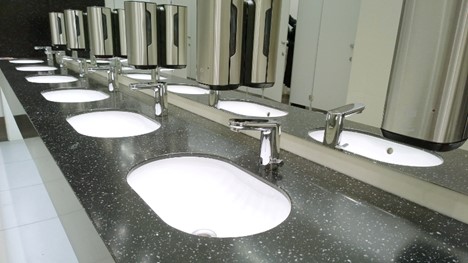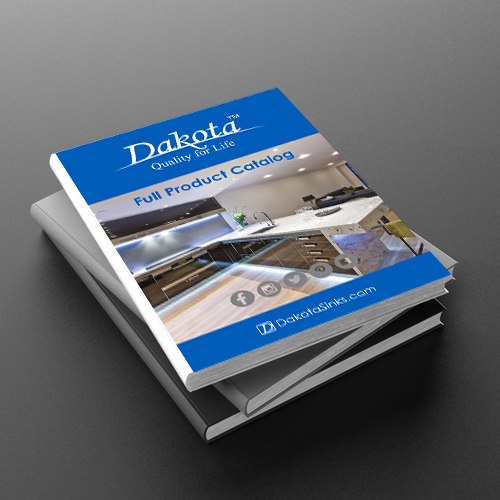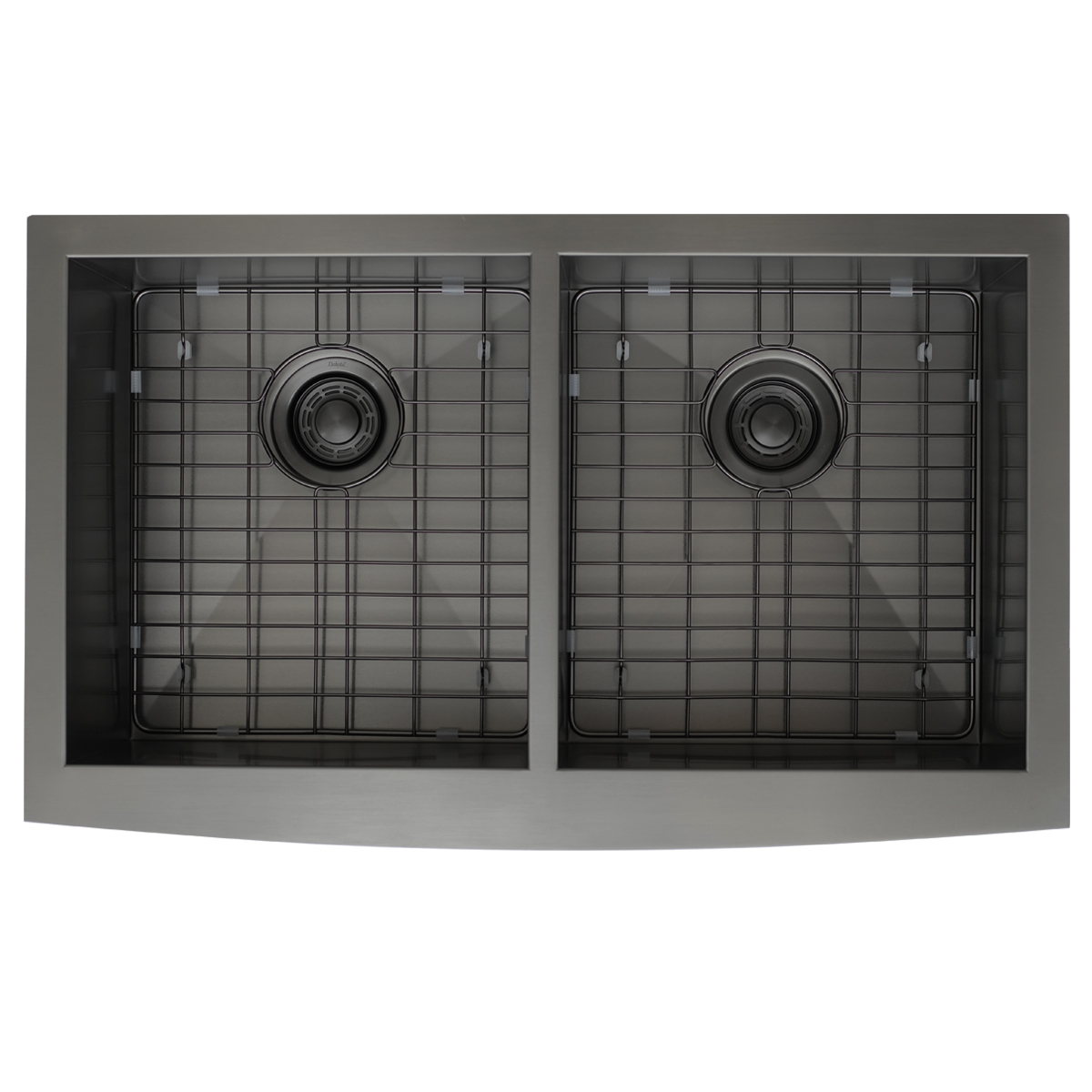5 Design Trends for Commercial Restroom Plumbing Products

Commercial plumbing products have undergone a significant change over the past few years. Design trends have evolved considerably, with bathrooms playing a more important role in the interior décor of buildings. Instead of the exuberant styles of the past, modern plumbing products follow a Universal Design trend, which allows for use by all people, regardless of age or ability.
The key focus in designing commercial plumbing products lies in achieving the perfect balance between form and function. Minimalistic, elegantly designed plumbing fixtures are fast becoming the norm, but they are also designed with sustainability, hygiene, and functionality in mind.
Here are the five design trends that architects should consider when looking for commercial plumbing products in their next projects.
1. Touchless Plumbing Fixtures
Touchless plumbing fixtures are rising in popularity, and there’s little doubt as to why. The pandemic really underlined the importance of using touchless plumbing fixtures, primarily because it helps mitigate the spread of germs and disease. Because the chances of finding harmful bacteria and germs in commercial bathrooms is generally higher, companies are now looking at ways to introduce safer alternatives.
Touchless plumbing fixtures are a viable option. Operated using sensors, they don’t require people to touch any of the surfaces in the commercial toilets, including faucets or even the toilets.
Technology has evolved dramatically over the past few years, and touchless faucets and plumbing fixtures perform seamlessly nowadays. Touchless faucets, for instance, have highly sensitive sensors and multiple options to activate low-flow water supply. Some faucets also allow maintenance crew to download data and better understand its use. This can eventually help businesses save a great deal on plumbing maintenance around the year.
2. Low Flow Fixtures
Did you know that a standard commercial restroom uses around 2.5 gallons of water in a minute? Low-flow faucets and commercial plumbing fixtures like aerators are fast becoming popular. As awareness continues to rise about the importance of conserving water, low-flow fixtures are becoming more and more popular.
Low flow plumbing fixtures, like aerators, have sensors that run for five to ten seconds. They often contain instant water heaters, so people don’t have to wait around for the water to heat up. Low flow showerheads are also becoming increasingly popular throughout the hotel industry, especially when we consider that water is the second highest utility expense for hotels around the country.
In California, water-conserving plumbing is required to be installed in all commercial property constructed before 1994, according to Civil Code §1101.1-1101.9. The law states that properties must comply by reducing the amount of water usage, with toilets allowed 1.6 gallons per flush, and interior faucets allowed 2.2 gallons per minute.
As water conservation becomes a priority, it’s very likely that other states might introduce similar measures. In any cases, commercial buildings can benefit from water conservation, not just in terms of savings, but also improved goodwill.
3. Toilets with Concealed Trapways
2020 changed the world in many ways. One of the trends that really caught on was the extensive adoption of more stylish-looking toilets in commercial bathrooms. Toilets that are easier to clean became a priority for most architects designing commercial properties.
“Clean” is one of the biggest drivers in overall toilet design. Concealed trapway toilets, for instance, have become incredibly popular. These toilets have a fully skirted appearance, thus making them looker cleaner and more aesthetically appealing. They are also very easy to clean.
Architects have begun to realize that aesthetic elements and style can be amalgamated and introduced in restroom environments. The sharp, clean lines of concealed trapway toilets, along with integrated technology, have made them a popular choice for use in commercial spaces.
These toilets often have a fully glazed trapway and look incredibly modern and sleek. With bidet attachments and a sleeker surface to match, these toilets catch relatively less bacteria and are much easier to clean.
4. Smart Leak Detectors in Plumbing Fixtures
Plumbing leakages are a serious headache in commercial spaces, primarily because they are so difficult to pinpoint. Plumbing companies have been looking for high-tech solutions to these age-old problems, and the use of smart leak detectors might change the game altogether.
Dealing with leakages in plumbing fixtures, including faucets, sinks, toilets, and of course, pipes, is often a difficult task. For starters, it’s impossible to detect the leak until it causes damage to the building or dents your water bill. However, integrated smart leak detectors are able to relay information to a simple mobile app, showing water pressure, water flow, and general temperature readings.
In case there’s a significant variation in the readings, apps also send automated alerts to the maintenance crew. The best water leak sensors often contain a valve controller and a centralized hub through which water flow can be managed. These leak detection sensors are able to reduce water loss by a significant margin and prevent water damage in commercial restrooms.
5. Commercial Greywater Plumbing Systems
Commercial greywater treatment plumbing systems are becoming quite popular as well. Greywater is now usable under most plumbing codes in 2021, with landscape irrigation being the most popular use.
Simply put, greywater is untreated wastewater form buildings that hasn’t been contaminated with human waste. This includes water from wash basins, showers, bathrooms, and drains. Greywater doesn’t contain water from the kitchen sinks or dishwashers, though it does include water from washing machines.
Commercial greywater plumbing systems are now quite popular, as commercial buildings try to come up with new ways to reuse and conserve water. The most popular use of greywater in commercial buildings is to flush toilets throughout the building.
The greywater is collected and filtered, and then recycled in toilets throughout the buildings. It’s also commonly used for irrigating the plants and landscaping surrounding the building. The use of greywater also reduces the burden on city water systems by up to 75%, and many commercial buildings have reported considerable improvements in overall energy expenditure by reusing greywater.
Buildings have reported a decrease of 30-70% in their monthly water bills, and a significant decrease in energy costs as well. That’s because greywater can be used to help cool the building too.
Ask the Experts
If you need design assistance on your next commercial plumbing project reach out to Dakota Plumbing. Dakota offers a wide range of commercial plumbing products from faucets, toilets, showers, and bathtubs. Dakota’s support team works with design professionals on all commercial spaces. For more information on Dakota visit www.dakotasinks.com or call 877.692.3200.


